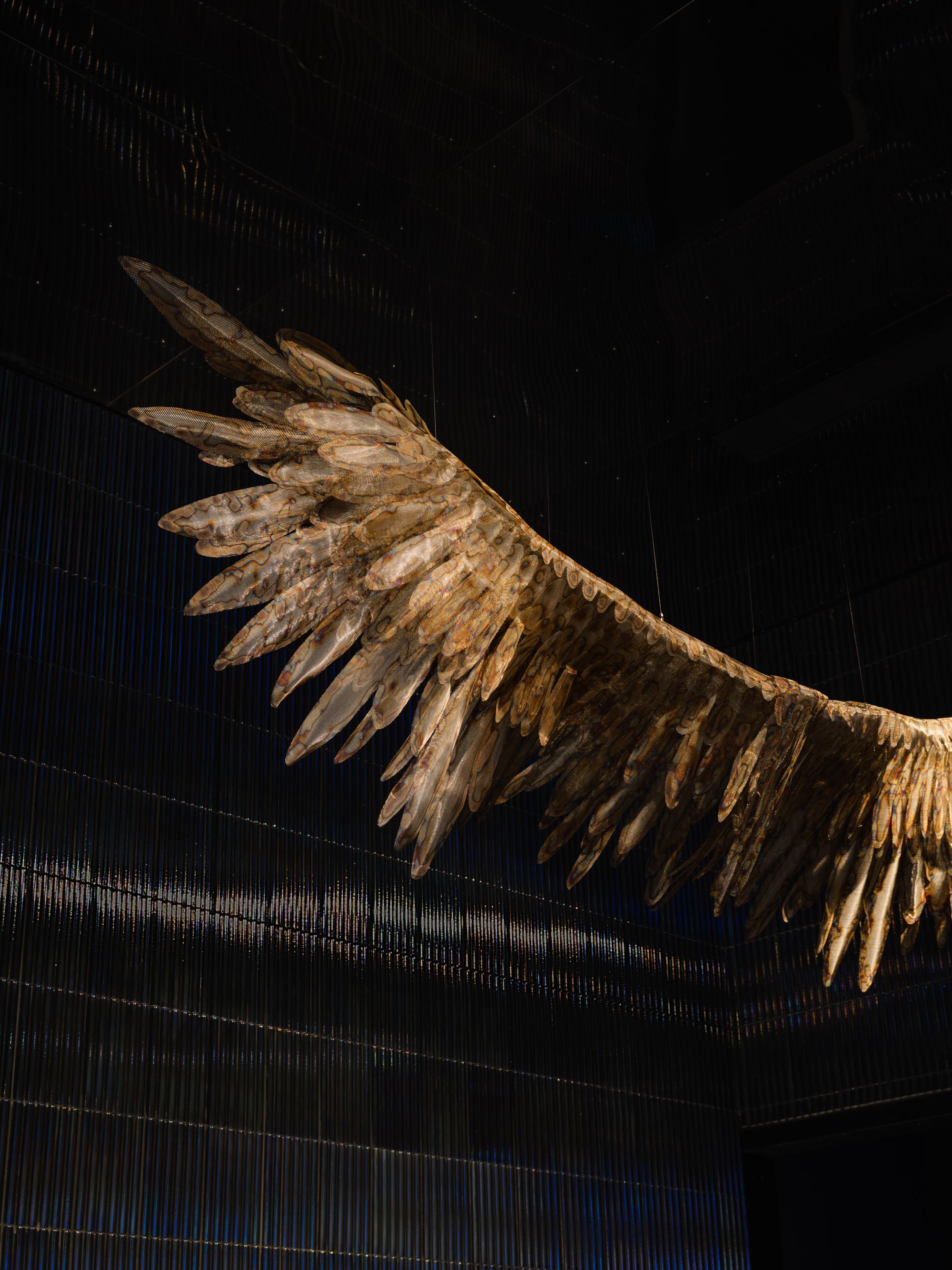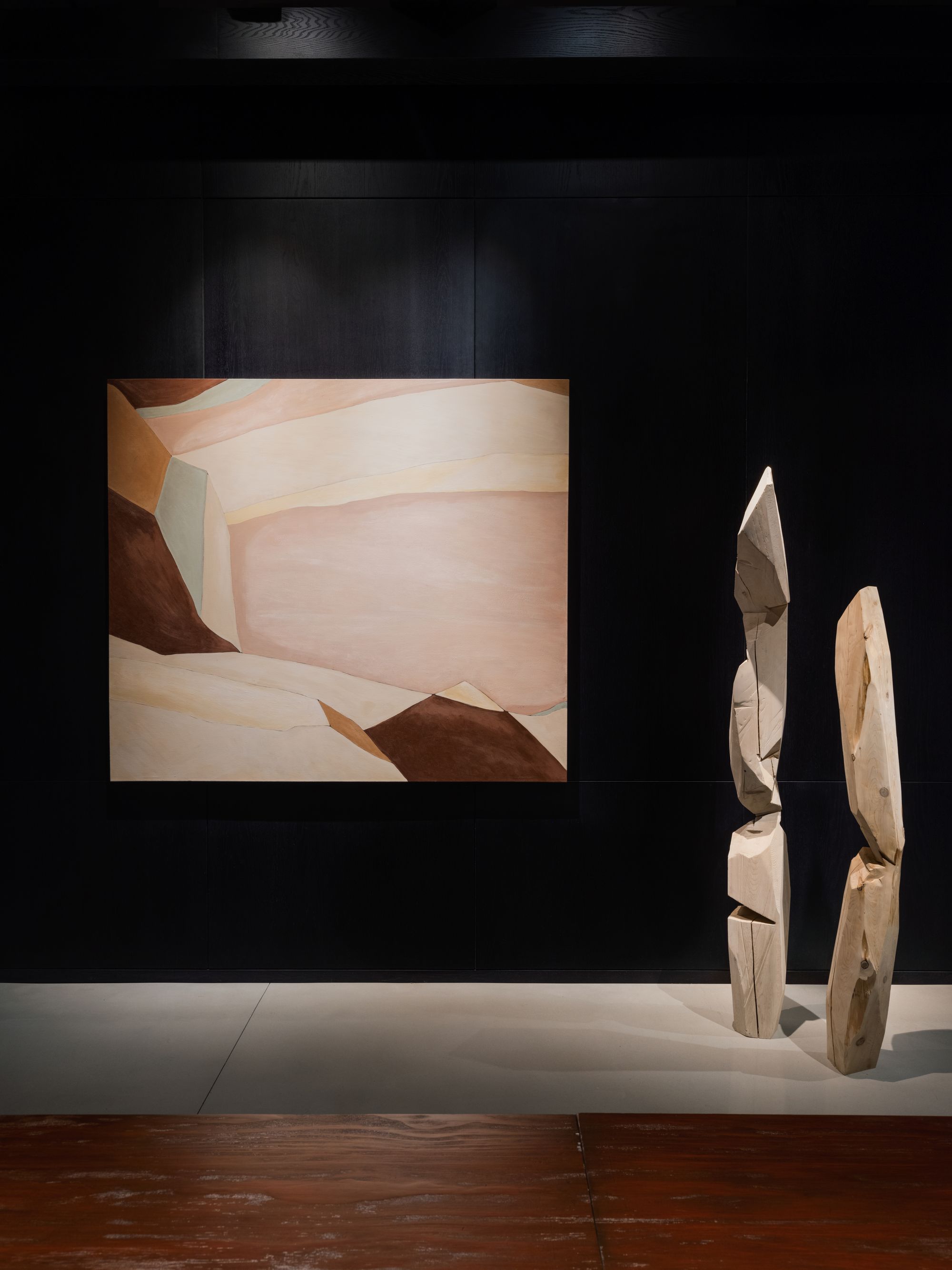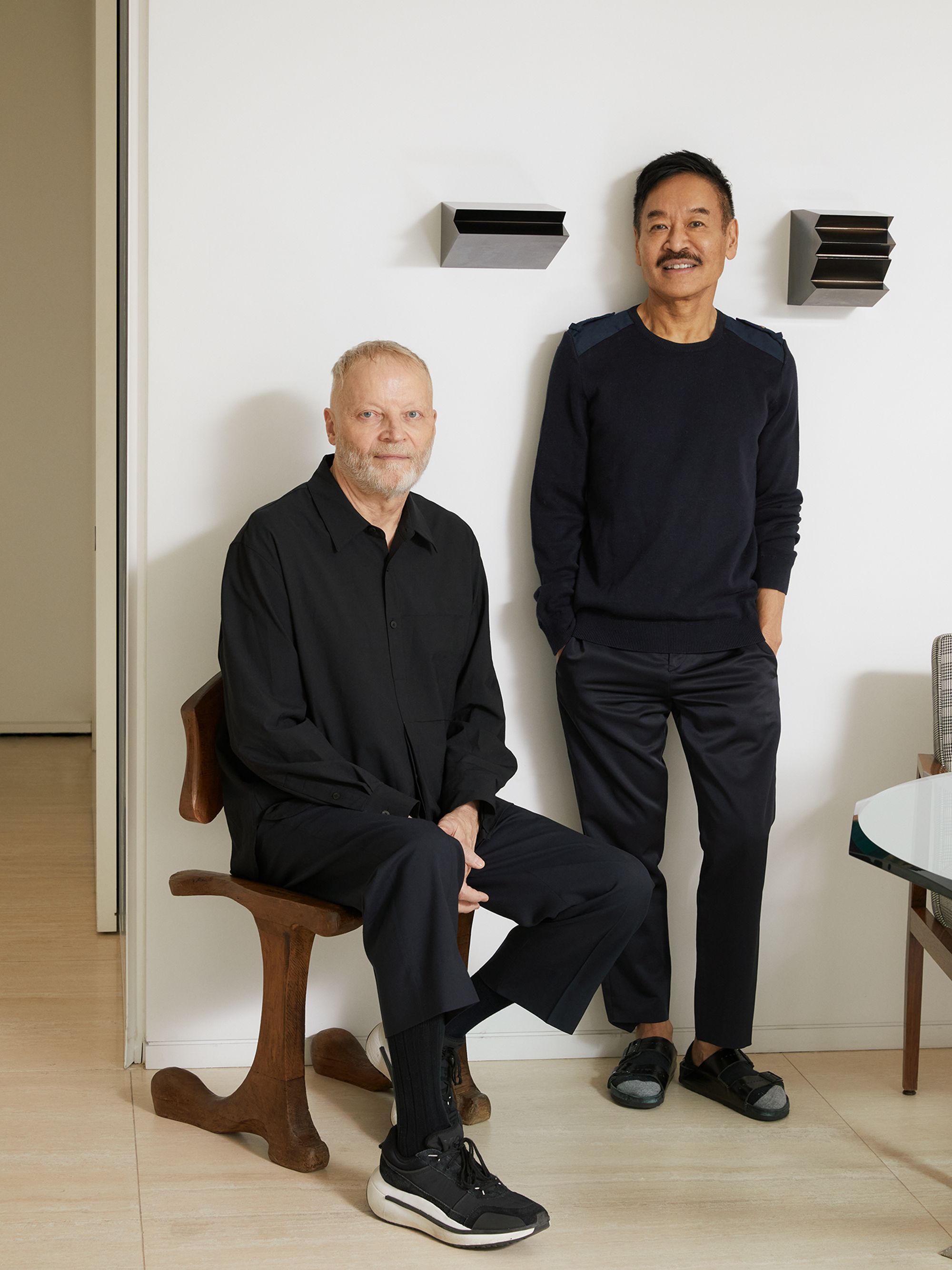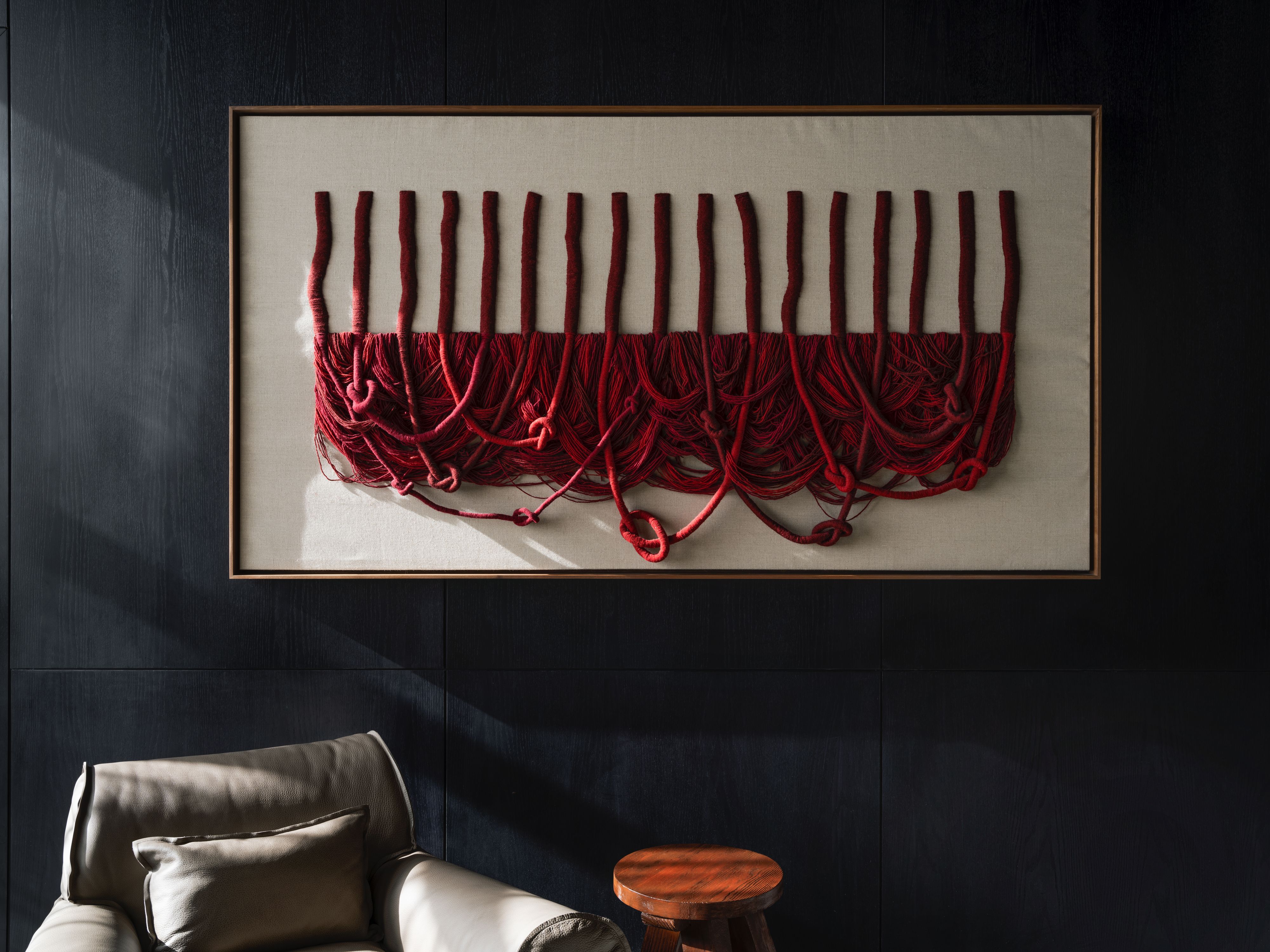
The AC Hotel Downtown Los Angeles. Photography by Alice Gao.

The Moxy Downtown Los Angeles. Photography by Alice Gao.
“More than any other American city, Los Angeles is defined by the semiosis of the freeway and the sound stage, a constant circulation between the horizontality of the open road and the verticality of the interior readymade,” writes Erik Morse in his Los Angeles Review of Books essay “Hotel Theory: The History of the Los Angeles Hotel.” For Morse, the LA hotel is nestled firmly between this public latitude and private longitude: a “topos whose permeability draws the tourist, outlier, and transient into an artificial phantasm of comfort, recreation, and dwelling.” Particularly, hotels offer a special kind of freedom: a concretized expression of that ever-elusive and in-between “Third Place,” hotels can help ease people into their new surroundings or give them the opportunity to retreat into domestic comforts in unfamiliar locales. And for a place as energetically mercurial as the City of Angels — a sprawling, glimmering metropolis that many more go to than strike out from — the hotel is foundational to its social and spatial fabric, symbolizing some kind of metaphysical lighthouse.
The Moxy Downtown Los Angeles and AC Hotel Downtown Los Angeles — two brands under the Marriott International family — are brand new additions in LA’s hospitality scene. The dual standalone properties, which opened last April and were built side-by-side by real estate developer Lightstone, offer guests a unique Choose Your Own Adventure-style stay. Whether seeking the youthful vibrance of the Moxy or the polished, residential feel of the AC, guests are presented with a rare flexibility that allows their personal preferences to remain at the forefront. Located centrally across from the LA Convention Center and Crypto.com arena, the Moxy and AC provide a staggering total of 727 guest rooms, as well as 12 dining and entertainment options. Notably, the two hotel-complex was designed to join together at Level 8, an immersive 8-venue collection of restaurants, bars, and lounges that foreground the diverse cultures and cuisines of the vast LA landscape, in addition to a nightclub and pool deck.

The AC Hotel Downtown Los Angeles. Photography by Alice Gao.

The Moxy Downtown Los Angeles. Photography by Alice Gao.

The Moxy Downtown Los Angeles. Photography by Alice Gao.

The AC Hotel Downtown Los Angeles. Photography by Alice Gao.

George Yabu and Glenn Pushelberg of Yabu Pushelberg. Portrait by Alice Gao.
Designed by firms Gensler and Yabu Pushelberg, the properties’ collaborative architectural and interior designs reflect the remarkably twofold nature of the project itself. “Someone once told us it’s like we made LA into a Gemini with these hotels. It was an interesting challenge, to design the DTLA Moxy and DTLA AC under one roof. It was a chance to create parallel ways of seeing LA that confront one another,” explain George Yabu and Glenn Pushelberg, whose studio emphasizes thoughtful design and a “multidisciplinary practice that addresses multiple layers of the human experience.” The Moxy is “sexy, spontaneous, and irreverent” — the lobby includes turntables, vintage arcade games, and plush, oversized lounge couches, evoking 1970s-style conversation pits. Inspired by the magic of the California desert, each room offers floor-to-ceiling windows with sweeping views of the LA skyline, replete with industrial-style decor and adaptable, space-saving furniture and storage solutions to allow guests to better personalize the space.
On the more contemplative side, the AC was conceived as a respite encouraging long term stays, “designed to take on the sensibilities of an artist studio,” say Yabu and Pushelberg. A nod to the now age-old tradition of starlets roosting in Hollywood establishments like the Chateau Marmont or the Beverly Hills Hotel, settling in for an extended visit at the AC — or staycation, for native Angelenos — is par for the course for its LA setting. With the rooms’ interiors, accommodations are designed in an open-plan format, and are rendered in natural materials like oak, birch, and stone. Guests can relax into a luxurious, low-platform bed, or work from the sleek and oversized desk provided in every room. Jointly, both hotels are “aware of themselves and celebrate their own perspective of Los Angeles,” add the designers. “It is up to the guest to choose which LA they want to experience.”

The AC Hotel Downtown Los Angeles. Photography by Alice Gao.
Now more than ever, the luxury of choice is the Moxy and AC’s defining attribute when compared to other hospitality options. In years prior, travelers have been swayed by homestay apps’ three-pronged allure of convenience, flexibility, and affordability; however, these platforms have become diluted by a lack of quality control, and are often more of a costly and planning-heavy migraine than anything else. “For today’s traveler, memorable hospitality is about great design and affordability combined with the ability to choose from an abundance of experiences without sacrificing style or comfort,” says Lightstone president Mitchell Hochberg, adding that “we see Moxy & AC DTLA as the industry’s answer, or antidote, to Airbnb or Vrbo — we offer affordable rates with direct access to 12 unique food, beverage and nightlife destinations, cultural programming, and a trend-setting neighborhood at your fingertips.” Rooms at the Moxy start at $199 and a stay at the AC begins at $219, refreshingly sensible price points when compared to the excess of hidden third-party and cleaning fees that homestay apps entail — especially considering the hotel’s exceptional design and elevated guest experience.
To no stretch of the imagination, the Moxy and AC DTLA prevail as an impressive twofold feat. As Morse writes in “Hotel Theory,” the LA hotel is the reconciliation of “the city’s unique architectures of domesticity, tourism, suburbanism, and fantasy” — an ethos that is both concretized by the Moxy and AC DTLA, as well as pushing forth a distinct elevation of it. The weary traveler no longer has to sacrifice between luxury, comfort, beauty, and ease — they merely have to choose which version of it they want most.